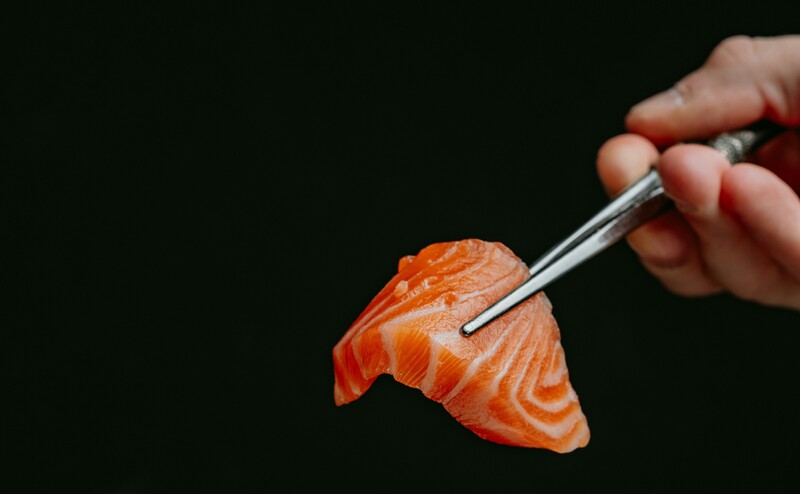Canada’s salmon farming industry is gasping like a fish out of water right now, and consumers looking for some homegrown salmon could soon pay the price.
Driving the news: Last year, production of farm-raised salmon in Canada hit its lowest level since 2000, per new numbers from the Canadian Aquaculture Industry Alliance. A total of 90,000 metric tonnes of salmon were farmed, a colossal 39% dip from the record-high crop seen in 2016.
Why it’s happening: The startling drop is a result of the government-mandated closures of open net-pen salmon farms in B.C.’s Discovery Islands, as well as closures in the Broughton Archipelago. The feds have promised to shutter all such salmon farms in B.C. by 2025.
Catch-up: The government isn’t shutting down salmon farms just because they’re smelly. There is a trove of scientific evidence showing these farms have had devastating impacts on Canada’s wild salmon population, bringing about a scourge of disastrous sea lice, though this is a matter of debate (Fisheries and Oceans Canada, for one, denies a connection).
Why it matters: Farmed salmon accounts for 97% of Canadian salmon harvests. Closure of B.C.’s farms would price the seafood aisle staple out of most Canadians’ grocery budgets.
- A recent academic study projected that the average supermarket price of Canadian salmon could increase by $30 per kilogram by 2026.
- For context, the current average price listed on Metro’s website for a kilogram Atlantic salmon fillet is $33.05. In two years' time, that same fillet could cost $63.05.
Bottom line: Wild salmon populations are already on the doorstep of extinction in some areas. Farm closures might save them but at the expense of sashimi lovers’ wallets.—QH
04/2024: This story has been updated to include the position of Fisheries and Oceans Canada on potential links between salmon farms and sea lice.
